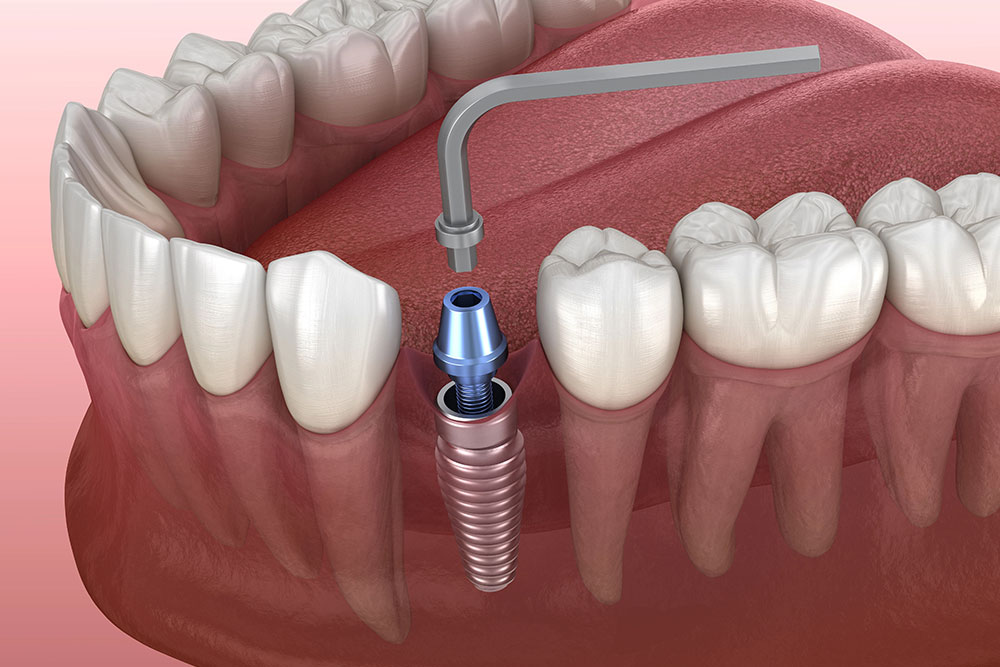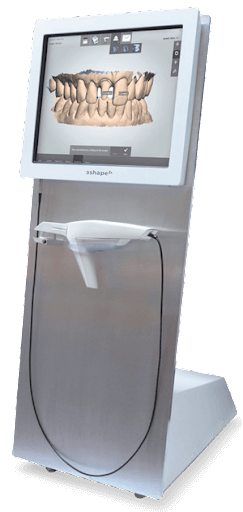Dental implants offer patients permanent solutions for missing teeth, but correctly placing them takes skill, planning, and precision. Minor oversights during implant procedures can lead to complications like poor integration, aesthetic issues, or even implant failure. Understanding the most frequent implant placement mistakes can help you deliver more consistent, long-lasting results.
At Next Dental Labs, we support dentists with precision-crafted restorations and surgical guides that help prevent these common issues from occurring.
1. Inadequate Case Planning

Skipping or rushing the planning phase is one of the most frequent errors when placing implants. Every case should begin with a full assessment of the patient’s oral health, bone density, and anatomical structures using 3D imaging or CBCT scans.
A lack of thorough planning increases the risk of poor angulation, misplacement, or damage to surrounding tissue. To avoid this, we work with dentists to create customized surgical guides based on digital scans, allowing for accurate implant placement.
2. Poor Implant Positioning
Implants that are placed too far buccal, lingual, or too shallow can lead to serious functional and esthetic problems. Mispositioned implants may interfere with adjacent teeth, affect occlusion, or compromise the final restoration.
Our lab helps prevent this by providing precise custom abutments and restorations designed to align with your surgical plan. If you’re using digital workflows, we’re fully equipped to integrate directly with your software and scans for seamless results.
3. Ignoring Soft Tissue Management
Many implant failures happen not because of the implant itself, but due to poor soft tissue handling. Inadequate keratinized tissue or poor flap design can affect healing, increase the risk of infection, and cause aesthetic issues like gum recession.
While soft tissue management is largely handled chairside, the quality and fit of the final restoration also impact tissue health. We ensure our implant crowns and bridges fit precisely and support a healthy tissue response to promote long-term success.
4. Overloading Too Soon
Immediate loading has become more popular, but not every case is a candidate. Placing too much force on an implant before it has osseointegrated can lead to failure. Before choosing this route, clinicians must evaluate torque, stability, and patient-specific factors.
When you need quick-turnaround temporaries, we offer efficient, digitally fabricated solutions that reduce chair time without compromising healing or performance.
5. Poor Communication With the Lab
A successful implant restoration relies heavily on the communication between the dentist and the lab. Incomplete or unclear instructions, missing measurements, or poor-quality scans can lead to errors that delay treatment or require remakes.
At Next Dental Labs, we streamline communication by working with digital files, detailed case submission forms, and responsive support. We aim to make your implant cases smoother, more predictable, and affordable.
Making Implant Success Simple
Proper planning, precise execution, and choosing the right partners are key to avoiding implant placement mistakes. With digital workflows, expert case support, and prices more than 50% below the competition, we help you avoid complications and deliver outstanding results. Let’s work together to simplify your implant cases and help your patients smile with confidence.

